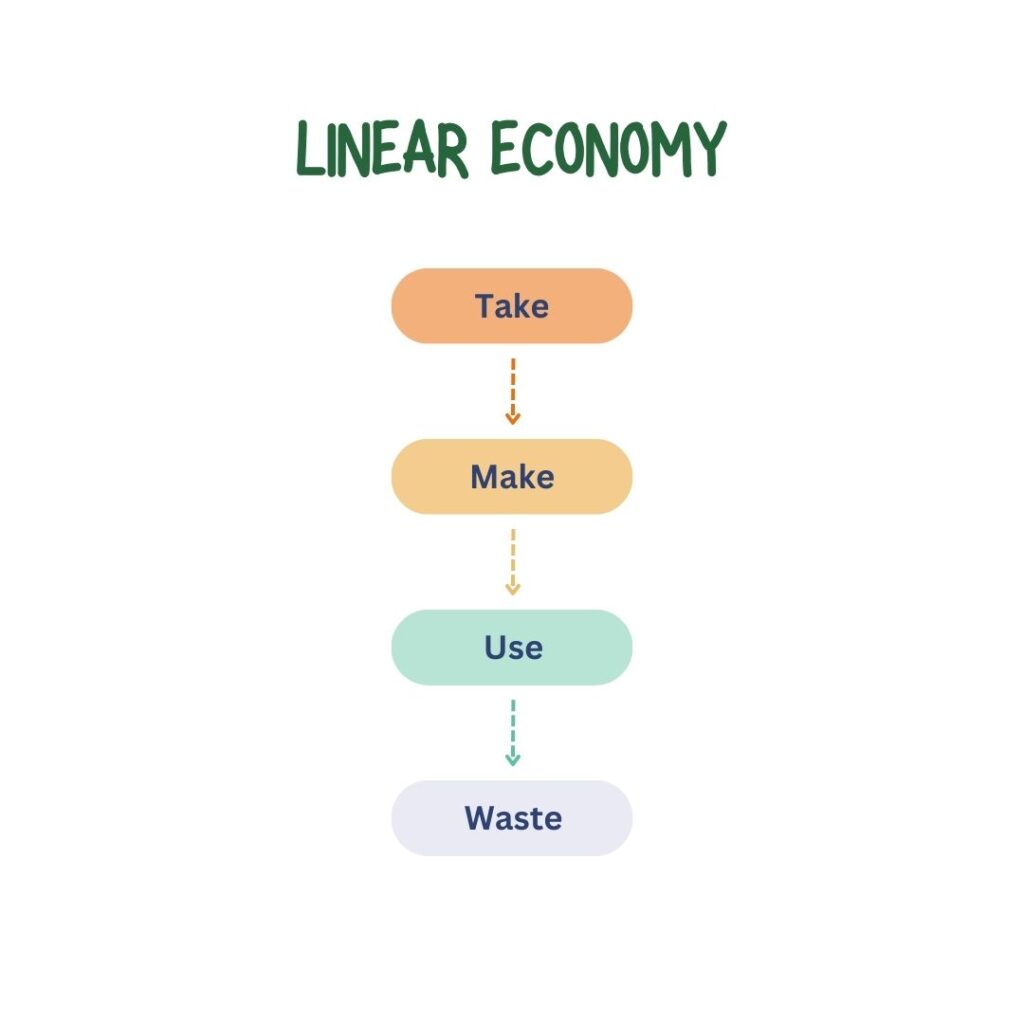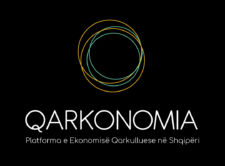The circular economy is a system in which materials are continually reused, and nature is restored. It aims to keep products and materials in use through practices such as maintenance, reuse, refurbishment, remanufacturing, recycling, and composting. By decoupling economic activity from the consumption of finite resources, the circular economy addresses climate change and other global challenges like biodiversity loss, waste, and pollution.
Supported by a shift to renewable energy and materials, the circular economy is a robust system that benefits businesses, society, and the environment. Unlike the current linear economy, which takes resources from the Earth, uses them to create products, and then discards them as waste, the circular economy aims to prevent waste from being generated in the first place.



This involves both eliminating waste—composting biodegradable waste or reusing, remanufacturing, and recycling non-biodegradable waste—and reducing the use of chemical substances, instead favouring renewable energy to regenerate natural systems. We need to overhaul our current take-make-waste system, including how we manage resources, produce and use products, and handle materials afterward, to create a thriving circular economy that operates within our planet’s limits.
Transforming our current economic model into one where waste is minimized, resources are reused, and nature is restored requires a comprehensive approach. The circular economy offers a framework to simultaneously address climate change, biodiversity loss, and social needs. It enables us to foster prosperity, create jobs, and build resilience, while also reducing greenhouse gas emissions, waste, and pollution.
Reference: https://www.ellenmacarthurfoundation.org/topics/circular-economy-introduction/overview



